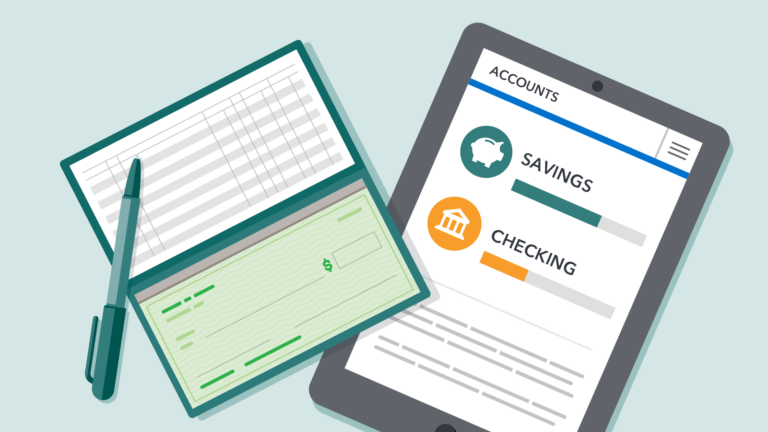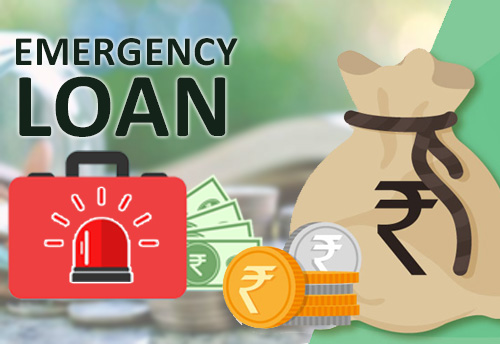What is Homeowners Insurance? What Does it Cover?
Disasters and accidents can and do occur. You may experience severe financial difficulties and setbacks if you don’t have plenty of cash on hand to deal with them. One approach to safeguard your home and the ability to have a roof over your head in case things go wrong is through homeowners insurance.
Homeowners insurance offers you financial protection in the event of a tragedy or accident involving your home.
Law doesn’t require homeowner insurance, but mortgage lenders typically require coverage. So, securing your house with the appropriate homeowner’s insurance coverage is crucial to avoid being underinsured.
We take you through everything you need about homeowners insurance, from what it covers to how much it costs.
What is Homeowners Insurance?
Homeowners insurance is a type of property insurance that covers your home, as well as any attached structures, like a detached garage or fence, in case a damaging event affects your home.
Additionally, homeowners insurance plans typically come as “package policies.” This means that homeowners insurance also provides personal liability coverage, which protects you from being sued and having to pay damages if someone is injured on your property or if you accidentally damage someone else’s property.
All types of home insurance also include additional living expense (ALE) coverage, which pays for extra living expenses if a covered calamity renders a home uninhabitable and necessitates living elsewhere.
Standard homeowner’s insurance plans typically cover the following forms of damage or risks for your house, possessions, and assets.
- Fire
- Theft
- Vandalism
- Lightning
- Power surges
- Hail
- Wind
- Snow
- Water damage (from broken pipes, leaks, or rain)
Remember, a standard policy doesn’t cover damages caused by earthquakes, flooding, pests, and intentional acts of vandalism. However, you can take out a separate insurance policy or get extra coverage to your standard policy to cover your home against flooding or earthquakes.
What Does Homeowners Insurance Cover?
What homeowners insurance covers vary by policy, but most homeowners insurance policies cover:
- Dwelling Coverage
Dwelling coverage protects the following in your home: walls, foundation, roof, fireplace and chimney, HVAC, electrical, and plumbing systems. The coverage covers the physical structure of your house. It will pay to reconstruct your home if it’s damaged or destroyed by a covered event.
The dwelling coverage is one of the most significant and expensive components of your coverage; it will pay to reconstruct your house. Since it covers the most extensive structure—your home—dwelling coverage makes up most of your home insurance policy and is also one of the most expensive. Generally speaking, the more dwelling coverage you have, your home insurance rates will be higher.
- Other Structures Coverage
Other structures coverage pays to repair or rebuild any structures on your property that are not attached to your home, like a detached garage, shed, or fence. Most homeowners insurance policies cover other structures at a percentage of your dwelling coverage limit, typically around ten percent. So, if you have $200,000 of dwelling coverage, your ‘other structure’s coverage’ would be worth $20,000.
- Personal Property Coverage
Your house insurance policy may include personal property insurance, which can assist cover the cost of repairing or replacing your personal belongings in the event of a covered loss. Personal property includes everything you possess, including your clothes, furniture, electronics, and other belongings. However, other personal property, such as pricey treasures and commercial equipment, usually has special rules. You may need additional homeowners insurance coverage or a personal property floater to insure these items altogether.
- Liability Coverage
Liability will pay for any costs associated with injuries or property damage you or other individuals covered by your insurance policy cause to others. Its primary objective is to safeguard your assets in the case of an unforeseen incident for which you are held legally responsible. If you are sued, the personal liability element of your insurance will also pay for your legal defense costs and any judgments that follow suit, according to the limits of your policy.
Personal liability insurance protects a wide range of circumstances. The most typical claims covered, in addition to a few unforeseen claims, are dog bites, slips and falls, defamation, and damage to other people’s property.
- Medical Payments Coverage
Medical payments coverage pays for any necessary medical treatment for injuries sustained by guests on your property, regardless of who is at fault. It reimburses you, the policyholder, or the person harmed for costs incurred for the injured party’s medical expenditures resulting from the injury.
Medical payment coverage is often limited to a few thousand dollars per person. Low limits on medical payments coverage—generally between $1,000 and $5,000—are typically sufficient to cover the costs of an emergency medical situation.
- Additional Living Expenses
Suppose your home becomes uninhabitable due to a covered event. In that case, homeowners insurance will help pay for the extra costs of living elsewhere while your home is being repaired or rebuilt. These costs may include hotel stays, restaurant meals, and laundry services. This part of homeowners insurance is also known as loss of use coverage.
Your homeowner’s policy will reimburse you for reasonable additional living expenses incurred while your home is uninhabitable, up to a limit specified in the policy. This limit is typically 20 percent of your dwelling coverage limit but may be higher or lower depending on the insurer and the policy.
How Much Does a Home Insurance Cost?
In 2022, the average cost of homeowner’s insurance will be $158 per month or $1,899 annually. This applies to a homeowner’s insurance plan that provides $100,000 in liability protection and $300,000 in dwelling coverage.
Progressive had the lowest average premium among major house insurance providers, at $1,236. The most expensive company, Travelers, charges $2,871, or $1,635 more than Progressive.
Rates vary depending on the companies since they have their pricing formulas. Therefore, it’s critical to shop around when purchasing a homeowners policy.
However, your payment will also vary depending on a few factors. These factors include;
- Your home’s location
- The value and age of your home
- The coverage you choose
- Your history claims
- The deductibles you choose
- Fire rating on your home
- Your credit score
- The type of materials used to build your home.
Types of Homeowner Insurance
There are various “policy forms” for homeowners insurance. Understanding the differences is essential because some types offer more comprehensive coverage than others. The main types of homeowners insurance policies are:
- HO-1 Insurance: This is the most basic homeowners insurance policy. It covers only the limited “perils” listed in the policy. The HO-l is the least expensive homeowners policy, but it also offers the least amount of protection.
- HO-2 Insurance: Upgrade of HO-1- the HO-l covers only a limited number of perils, but the HO-2 protects against a broader range of events. With an HO-2, your home and personal possessions are protected from 16 identified risks listed on the policy form. Approximately 5% of single-family house insurance policies available today include this protection.
- HO-3 Insurance: HO-3 policies, which make up around 80% of all policies, are the typical homeowner’s insurance policies provided by insurance firms. HO-3 insurance, also known as a special form or open perils policy, protects your home from all types of damage, barring those expressly excluded from coverage. It also covers your liability costs if you are legally responsible for an injury and your personal items against specific damage or theft.
- HO-4 Insurance: Renters insurance, often known as HO-4 insurance, protects your individual property. HO-4 functions as a sort of safety net for your belongings. If your house is rendered unusable, it can also pay for your personal liability and interim living costs. The physical structure of your home is not covered by HO-4 insurance; only your possessions are. Even if the landlord doesn’t mandate it, it’s still a good idea for tenants to buy HO-4 insurance. Many landlords insist that their tenants buy HO-4 renters insurance.
- HO-5 Insurance: most comprehensive. An HO-5 policy, sometimes called a comprehensive form policy, is a better kind of homeowner insurance that provides more protection for your house and personal belongings than any other homeowner coverage available. The degree of coverage for personal items like furniture, clothing, and appliances distinguishes an HO-5 policy from regular homeowners insurance. Your personal property is “all-risks” insured under HO-5 insurance.
- HO-6 Insurance: If you’re a condominium owner, you need to get what’s known as an HO-6 homeowners insurance policy or a condo insurance policy. A condominium is defined as a shared ownership arrangement in which the policyholder owns the interior of their unit but not the exterior or common areas.
- HO-7 Insurance: Owners of prefabricated or mobile homes can purchase a homeowners insurance coverage known as an HO-7 policy. Like a typical homeowners insurance policy, HO-7 insurance shields your mobile home’s structure and personal belongings from risks including fire, theft, and weather-related damage.
- HO-8 Insurance: Homeowners in older homes have an HO-8 policy or Older Home Insurance. Because of their age, such residences frequently have physical features that are difficult or impossible to replace. An HO-8 policy is designed to give homeowners the coverage they need without being overcharged.
Conclusion
Homeowner insurance can be confusing, but it is essential to have one. Make sure you understand the different types of policies and what they cover before deciding which one is best for you.
Your situation will determine the extent of your coverage. Since your home’s replacement value determines how much coverage you need, more expensive homes require more protection.






